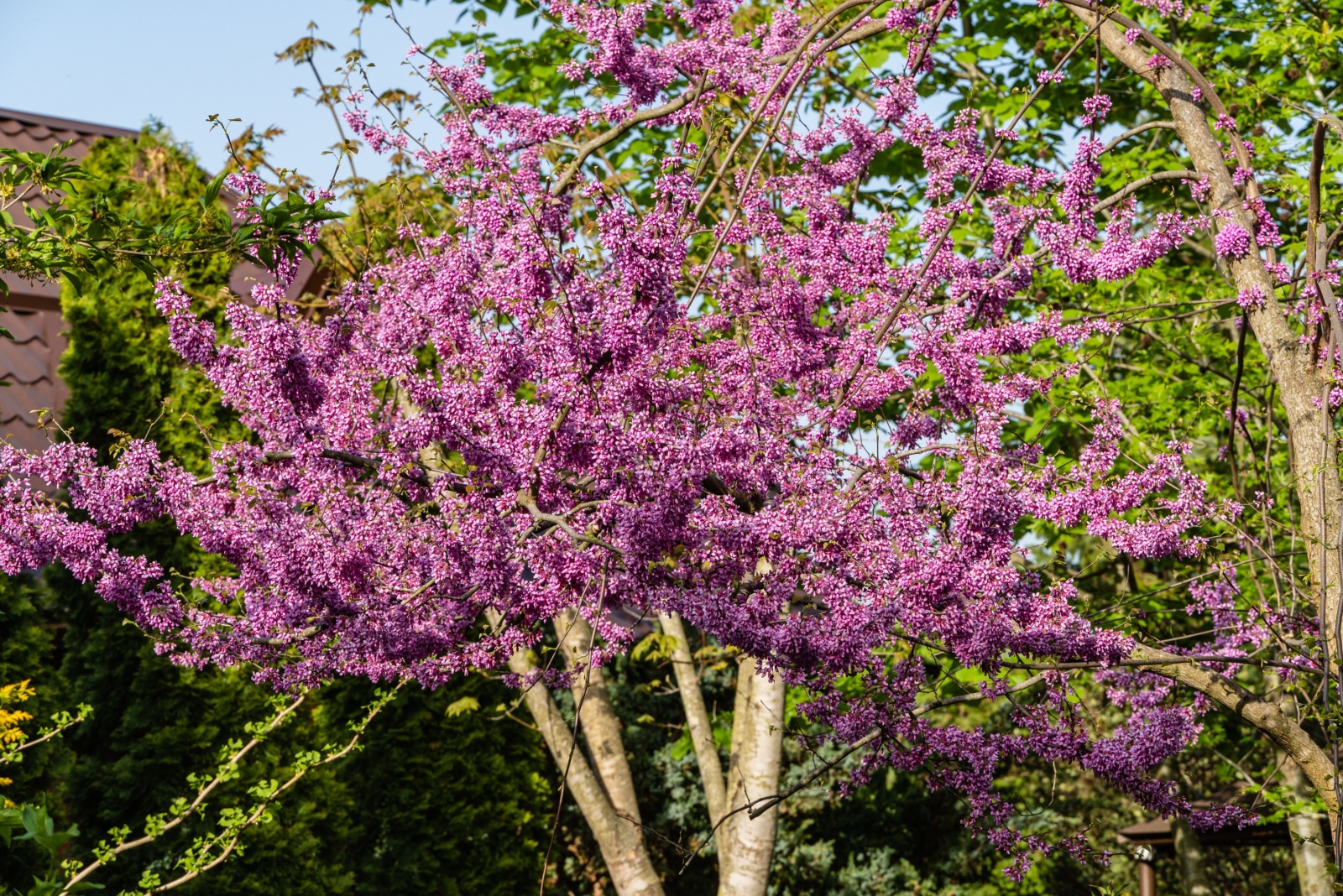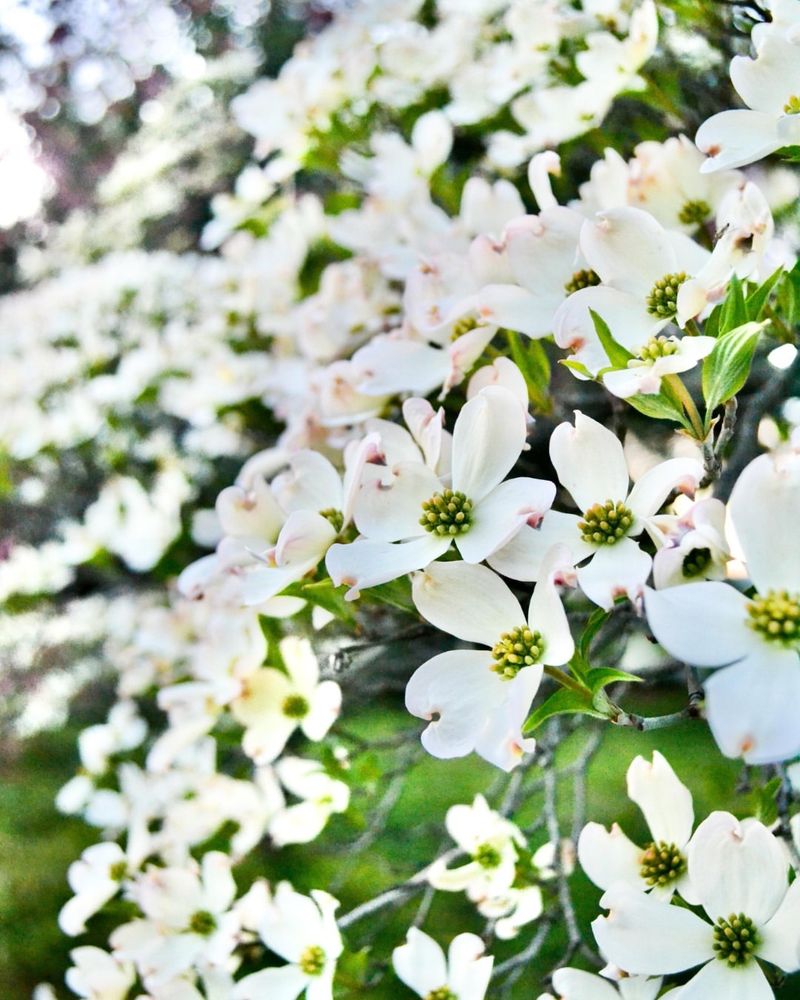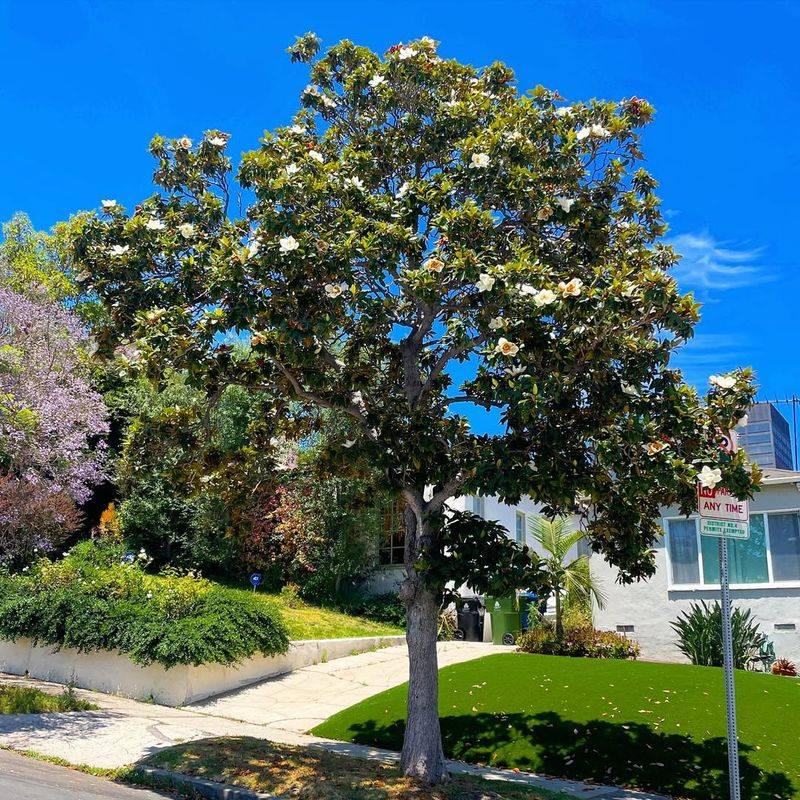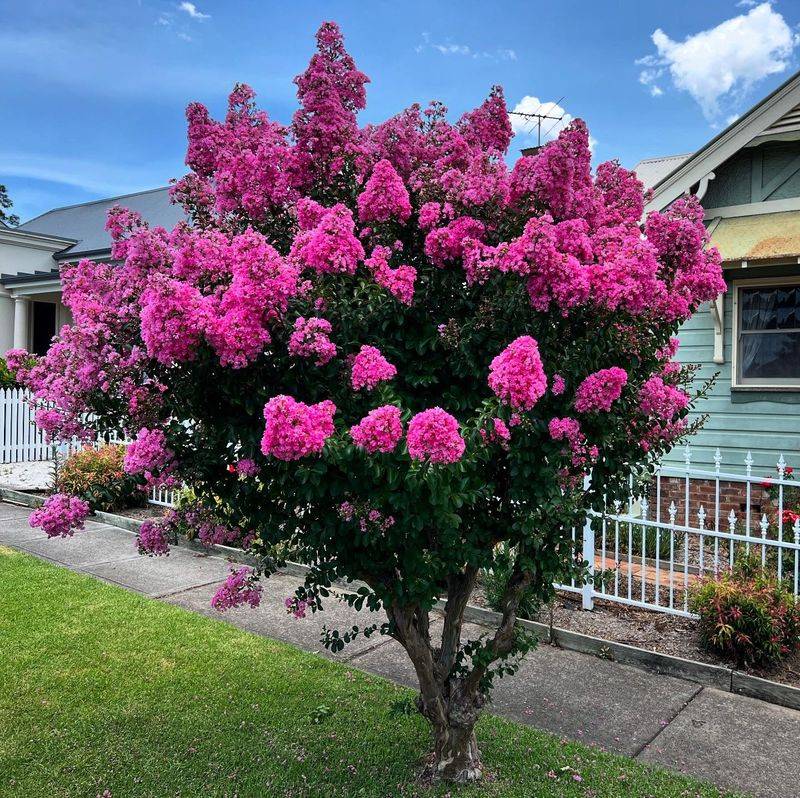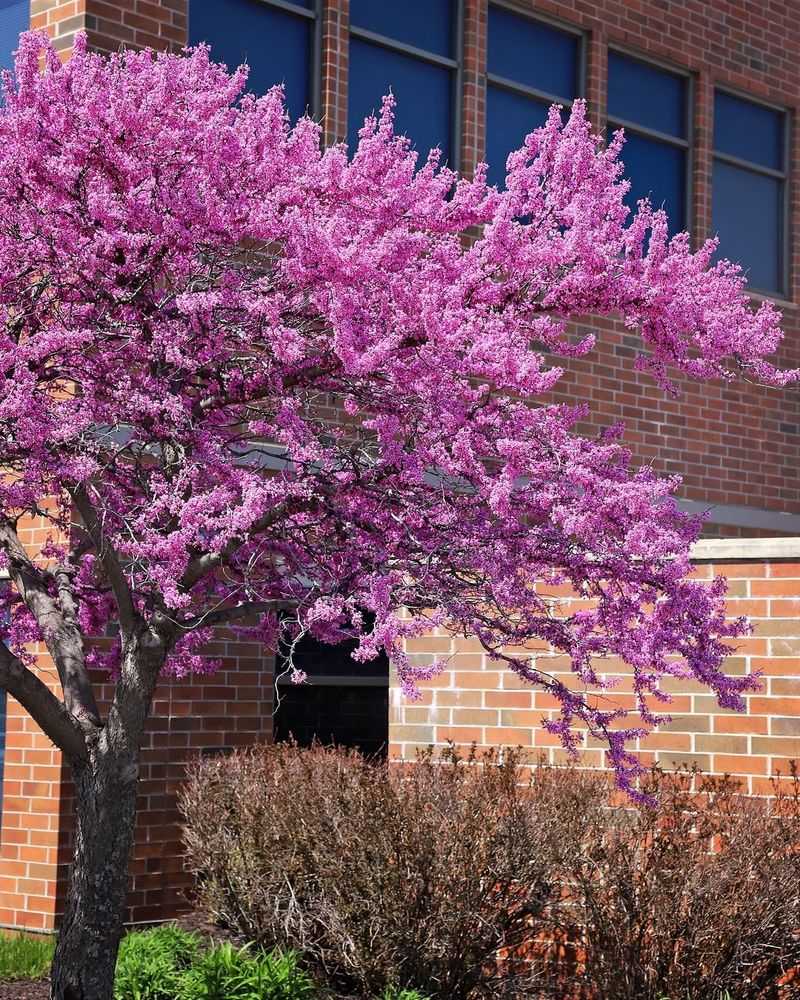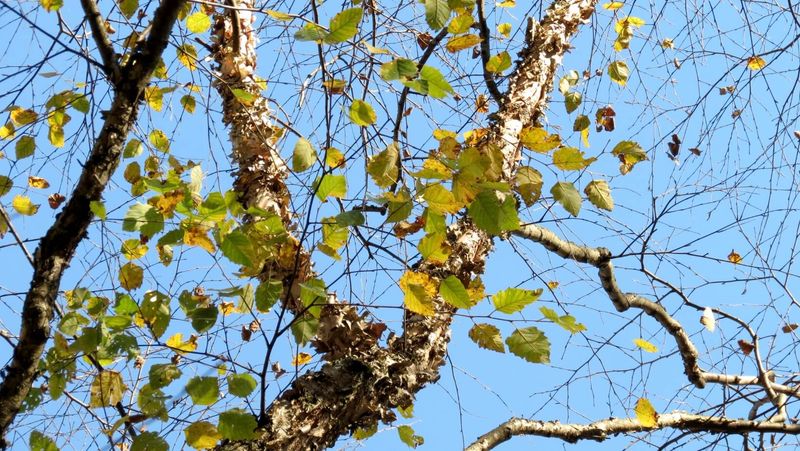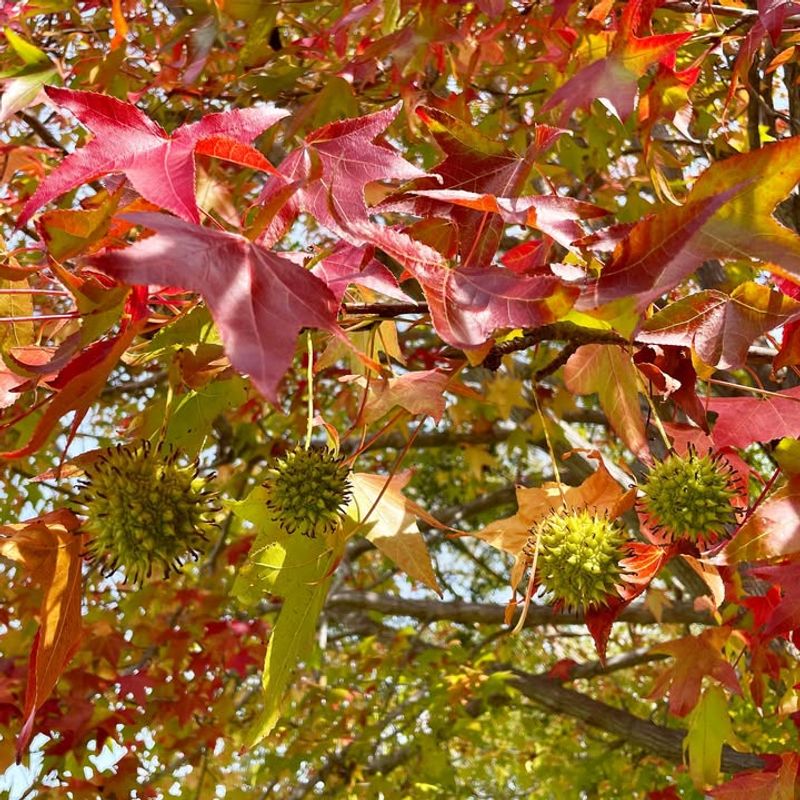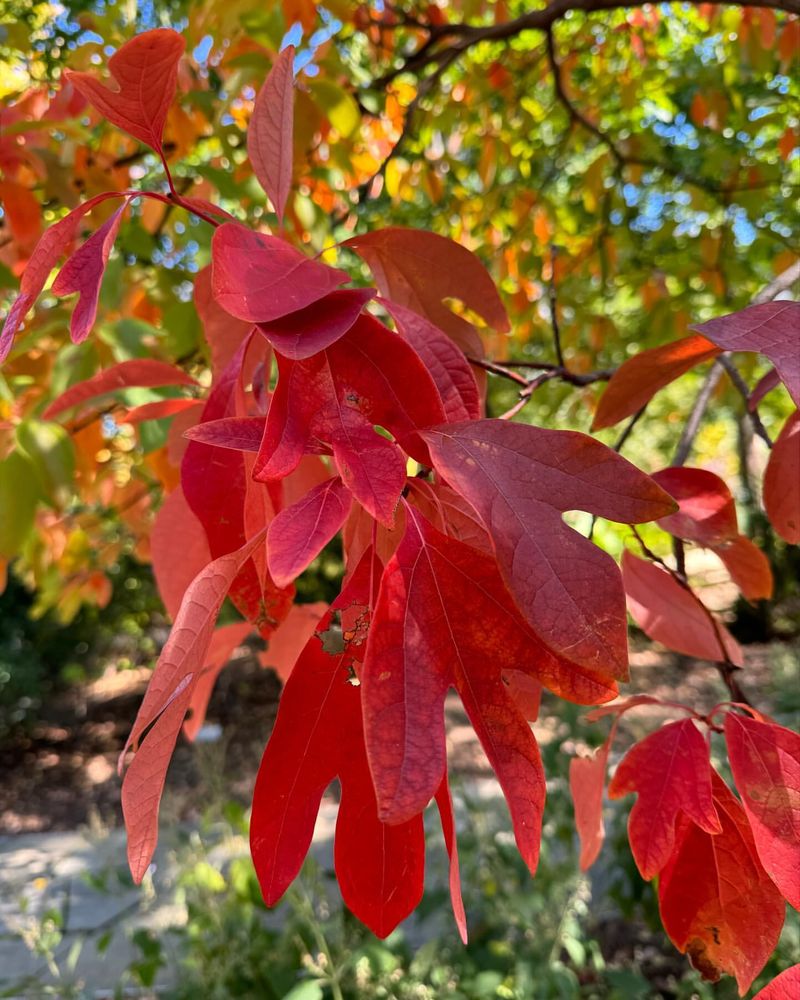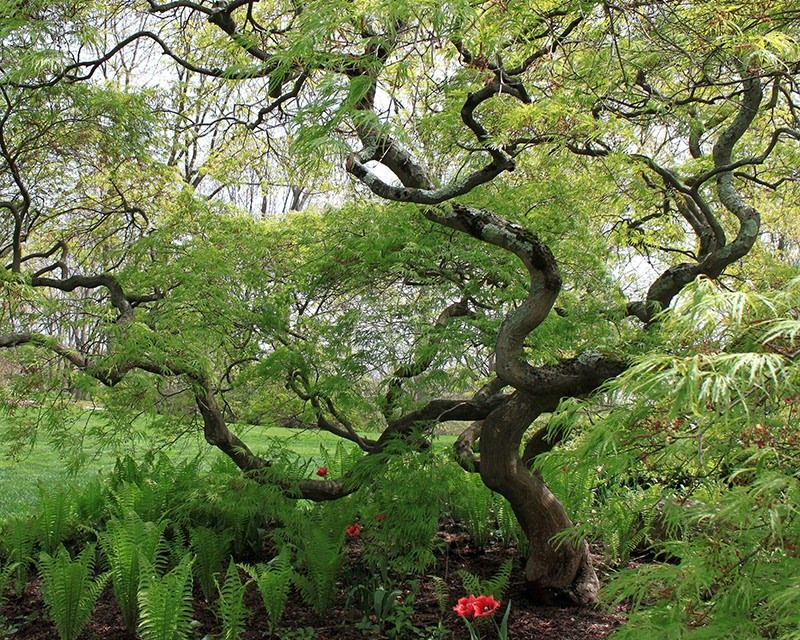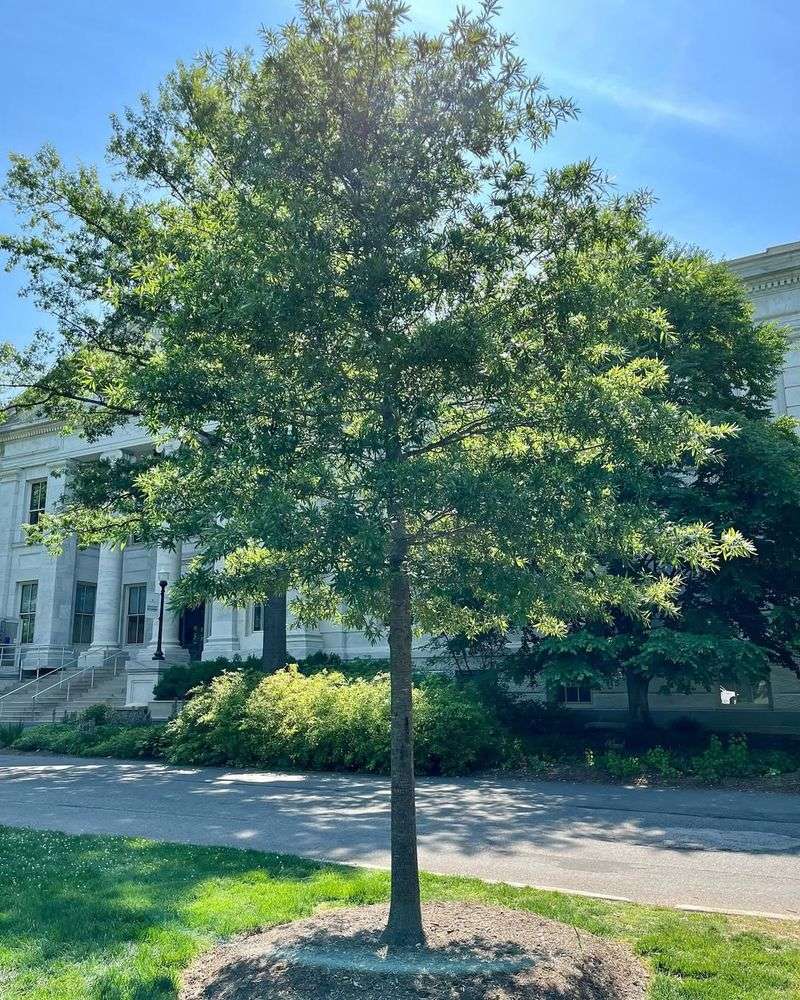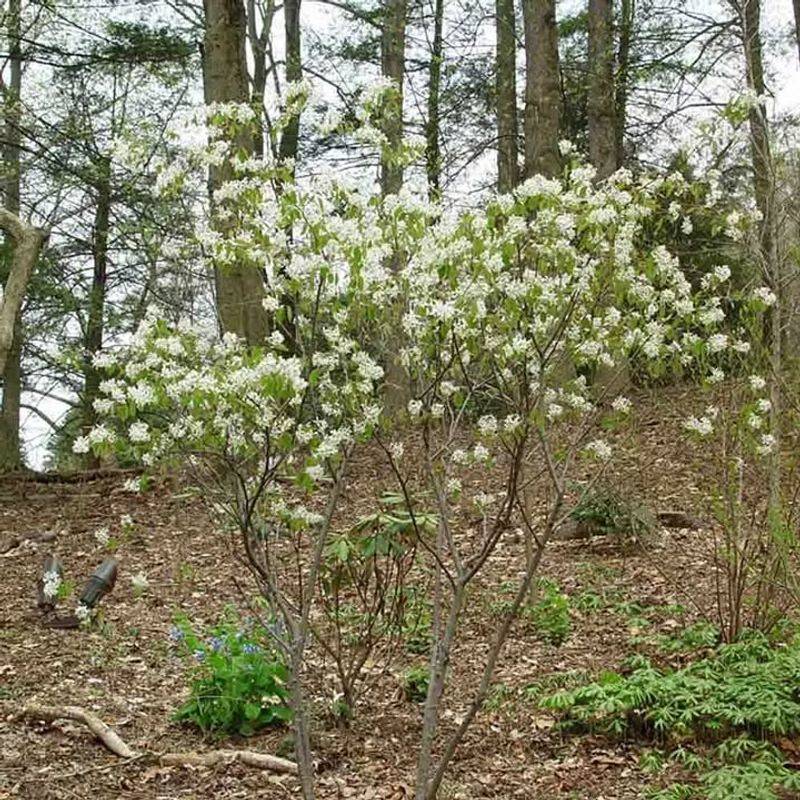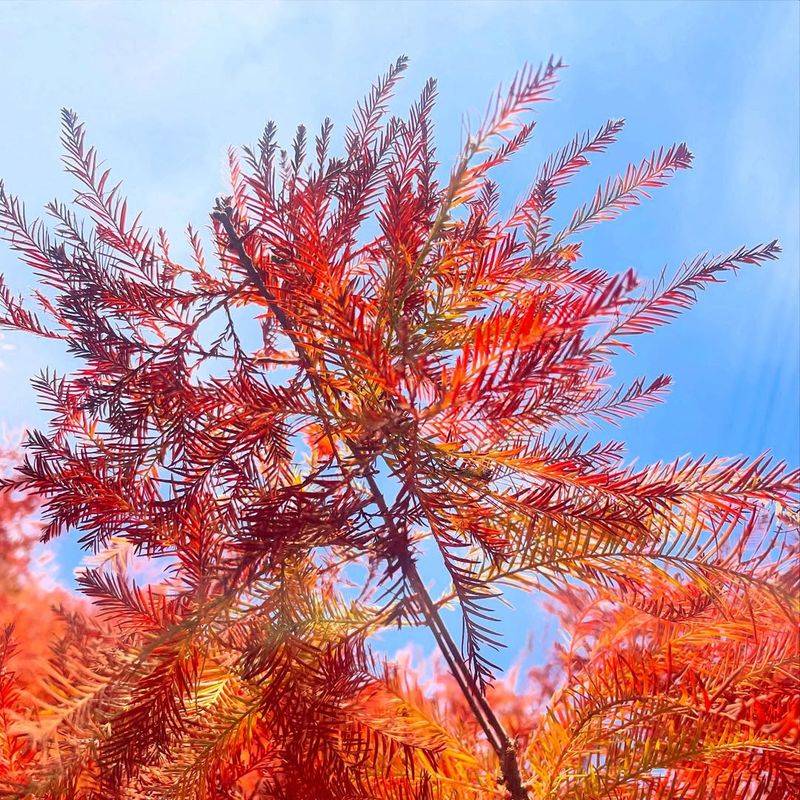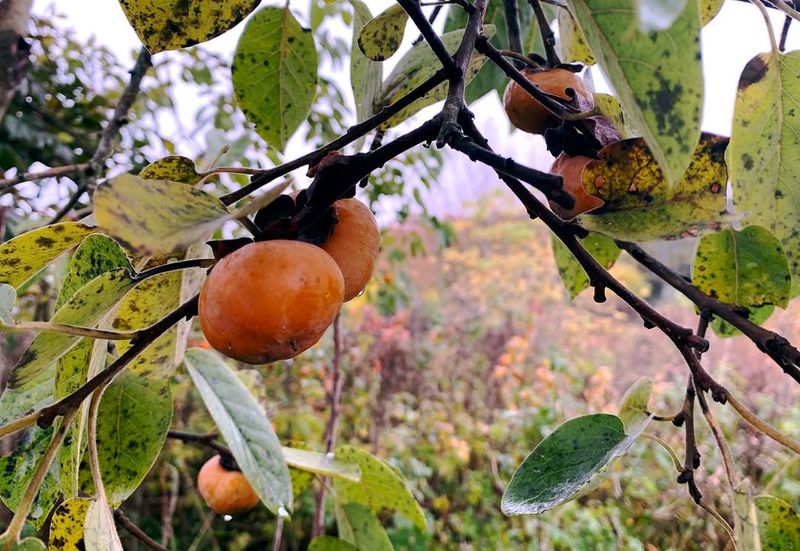Fall is the perfect season to plant trees in North Carolina. The cooler temperatures give young roots time to establish before summer heat arrives, while the soil still holds warmth from summer days.
Selecting the right trees for our state’s diverse growing conditions can transform your yard into a showstopper while supporting local wildlife.
1. Majestic Red Maple
Red maples thrive across North Carolina, offering spectacular crimson displays each autumn. Their adaptability to various soil conditions makes them perfect for novice gardeners.
Plant these beauties at least 20 feet from structures since they grow 40-60 feet tall. They establish quickly when planted in fall, developing strong roots before the growing season begins.
Wildlife lovers appreciate how red maples attract birds and provide habitat for countless creatures.
2. Elegant Dogwood
Flowering dogwoods grace North Carolina as both wildflowers and landscape favorites. Their spring blossoms transform into striking red berries by fall, becoming natural bird feeders.
Fall planting gives dogwoods a head start on establishing their somewhat finicky root systems. They prefer partial shade and well-drained soil with plenty of organic matter.
Standing 15-30 feet tall at maturity, these understory natives work beautifully in smaller yards or beneath larger trees.
3. Stately Southern Magnolia
Nothing says “Southern garden” quite like the glossy, evergreen leaves and massive fragrant blooms of Southern magnolias. Their year-round presence anchors landscapes with timeless elegance.
Fall planting allows these iconic trees to settle in gradually. They grow slowly but eventually reach impressive heights of 60-80 feet if given space.
The leathery leaves create natural mulch beneath the tree, while their sweet-smelling summer flowers become decorative seed cones by autumn.
4. Vibrant Crape Myrtle
Crape myrtles bring months of color to North Carolina landscapes. Their summer flowers in shades of pink, purple, red, or white transition to golden-orange fall foliage.
Fall planting works wonderfully for these adaptable trees. They establish quickly and require little maintenance beyond occasional pruning to enhance their naturally beautiful form.
Available in sizes from shrub-like 8-footers to stately 30-foot specimens, crape myrtles fit nearly any landscape need while thriving in our hot summers.
5. Hardy Redbud
Eastern redbuds announce spring with explosive pink-purple flowers that emerge directly from their branches before leaves appear. Their heart-shaped foliage turns golden in fall.
Planting redbuds in autumn gives them time to develop strong roots. Native to North Carolina woodlands, they’re naturally adapted to our climate and soils.
Growing 20-30 feet tall with a similar spread, redbuds work well as specimen trees or in mixed borders where their early blooms can shine.
6. Versatile River Birch
River birches stand out with their peeling, cinnamon-colored bark that creates winter interest when other trees stand bare. Native to stream banks across North Carolina, they’ve adapted to both wet spots and average garden conditions.
Fall planting helps these fast-growing trees establish strong roots. They reach 40-70 feet tall but can be maintained smaller through pruning.
Their resistance to birch borer makes river birch a smarter choice than white birches in our climate.
7. Dramatic Sweetgum
Sweetgums create fall fireworks with leaves that turn purple, red, orange and yellow—often all on the same tree! Their star-shaped foliage makes them instantly recognizable in North Carolina landscapes.
Fall planting gives these natives time to settle in before summer heat arrives. They grow impressively tall, reaching 60-75 feet at maturity with a pyramidal shape.
Their distinctive spiky seed balls add winter interest but can be messy, so plant sweetgums away from walkways and play areas.
8. Fragrant Sassafras
Sassafras trees offer a sensory experience with aromatic leaves that smell like root beer when crushed. Their mitten-shaped foliage turns brilliant orange-red in fall, creating stunning seasonal displays.
Planting in autumn helps these North Carolina natives establish healthy root systems. They grow moderately fast, reaching 30-60 feet tall with distinctive layered branches.
Wildlife enthusiasts appreciate how sassafras attracts butterflies, including spicebush swallowtails that use it as a host plant.
9. Graceful Japanese Maple
Japanese maples bring artistry to North Carolina landscapes with their delicate, lacy foliage and sculptural branching. Fall transforms their leaves into fiery displays of red, orange, and purple.
Autumn planting works especially well for these slow-growing treasures. They prefer partial shade in our climate, particularly protection from hot afternoon sun.
Smaller varieties mature at just 6-10 feet, making them perfect for patios and garden focal points where their intricate details can be appreciated up close.
10. Powerful Willow Oak
Willow oaks combine strength with elegance, featuring narrow leaves that create dappled shade rather than deep darkness. Their acorns provide food for wildlife while their branches support countless birds.
Fall planting gives these long-lived natives a strong start. They grow relatively quickly for oaks, reaching heights of 60-75 feet with a broad, rounded crown.
Unlike many large shade trees, willow oaks have moderate root systems that make them suitable for street plantings and larger residential yards across North Carolina.
11. Productive Serviceberry
Serviceberry trees pack four-season interest into a compact package. Spring brings clusters of white flowers, followed by delicious blueberry-like fruits that attract birds and can be harvested for pies and jams.
Fall planting helps these understory natives establish well. Their brilliant orange-red autumn color rivals any maple, while their smooth gray bark adds winter appeal.
Growing 15-25 feet tall, serviceberries work beautifully in smaller North Carolina landscapes or as understory trees beneath taller canopies.
12. Resilient Bald Cypress
Bald cypress trees bring prehistoric drama to North Carolina landscapes. Despite being conifers, they drop their feathery needles each fall, turning russet-orange before shedding.
Fall planting works well for these adaptable natives that tolerate both standing water and normal garden conditions. They grow moderately fast, eventually reaching 50-70 feet tall.
Their distinctive “knees” (root projections) may appear in wet areas but are less common in drier landscape settings.
13. Fruitful Persimmon
American persimmon trees offer both beauty and bounty. Their glossy leaves turn yellow-orange in fall, when females also display bright orange fruits that sweeten after frost.
Planting these native trees in autumn gives them a solid start. They grow moderately to 30-50 feet tall with distinctive blocky bark that resembles alligator hide.
Wildlife enthusiasts appreciate how persimmons attract opossums, deer, raccoons, and many bird species that feast on the sugary fruits.

